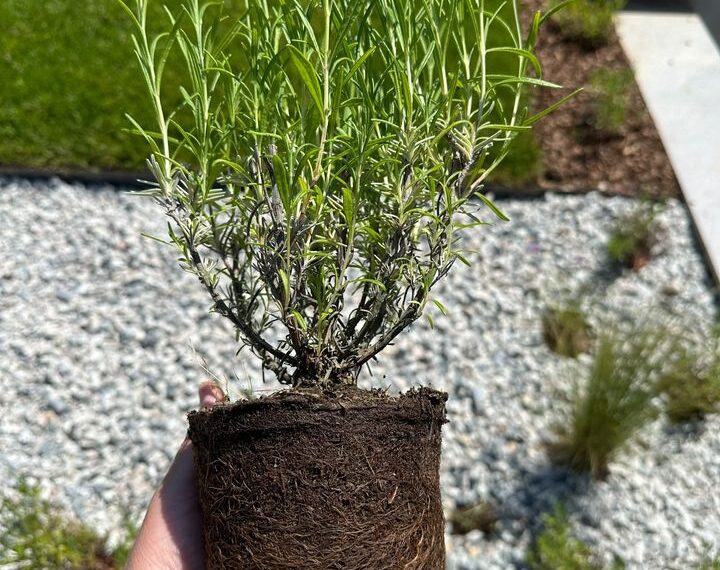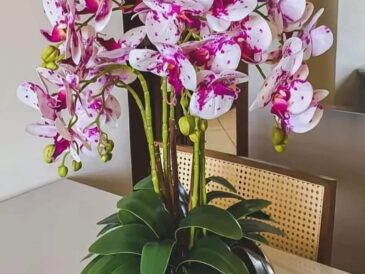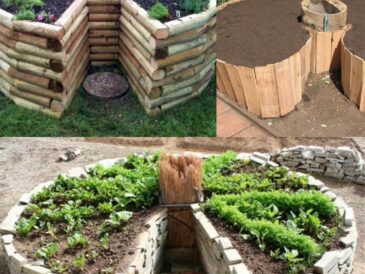Lavender, with its fragrant purple blooms and hardy nature, is a beloved addition to many gardens. Beyond its beauty and utility in essential oils, lavender serves as an excellent companion plant due to its ability to repel pests and attract pollinators like bees and butterflies. However, not all plants thrive alongside lavender. Here’s a detailed guide to the best and worst companion plants for lavender.
Why Consider Companion Planting with Lavender?
Companion planting involves pairing plants with complementary traits to promote healthier growth, improve pest control, and maximize garden space. Lavender’s natural properties make it ideal for this practice:
- Pest Repellent: Lavender’s strong scent deters aphids, moths, and whiteflies.
- Pollinator Attraction: Bees and butterflies flock to lavender, aiding pollination for nearby plants.
- Low Maintenance: Lavender thrives in full sun and well-drained soil, pairing well with similar plants.
12 Lavender Companion Plants
1. Rosemary
- Why It Works: Both are Mediterranean plants that thrive in similar growing conditions—dry, sandy soil and plenty of sunlight.
- Benefits: The combination of lavender and rosemary creates a fragrant herb garden while deterring pests like mosquitoes and flies.
2. Thyme
- Why It Works: Thyme, like lavender, prefers well-drained soil and low water requirements.
- Benefits: Thyme acts as a ground cover, reducing weeds and keeping the soil warm around lavender.
3. Sage
- Why It Works: Sage’s drought tolerance and love for full sun complement lavender’s needs.
- Benefits: Sage’s bold aroma enhances pest control around lavender beds.
4. Echinacea (Coneflowers)
- Why It Works: Echinacea thrives in similar soil and climate conditions as lavender.
- Benefits: The vibrant colors of coneflowers add visual interest, and their nectar attracts pollinators.
5. Sedum
- Why It Works: Sedum’s low water needs and preference for sunny spots align with lavender’s care requirements.
- Benefits: This hardy succulent adds texture and thrives in rocky or sandy soil near lavender.
6. Yarrow
- Why It Works: Yarrow flourishes in poor soil and sunny conditions, just like lavender.
- Benefits: Yarrow attracts beneficial insects like ladybugs and parasitic wasps that keep pests at bay.
7. Alliums
- Why It Works: Alliums require similar growing conditions and have pest-deterrent properties.
- Benefits: Their striking spherical flowers contrast beautifully with lavender’s soft blooms.
8. Artemisia (Wormwood)
- Why It Works: Both plants prefer dry, sunny conditions and resist overwatering.
- Benefits: Artemisia’s silvery foliage provides an eye-catching complement to lavender.
9. Oregano
- Why It Works: Oregano’s drought tolerance and shared Mediterranean origins make it an excellent companion.
- Benefits: Its ground-covering habit protects lavender roots and keeps weeds in check.
10. Marjoram
- Why It Works: Like lavender, marjoram thrives in poor soil with little water.
- Benefits: Its tiny flowers attract pollinators, boosting biodiversity in the garden.
11. Zinnias
- Why It Works: Zinnias enjoy similar full-sun conditions.
- Benefits: Their bright colors attract pollinators, making them great companions for lavender in ornamental gardens.
12. Catmint (Nepeta)
- Why It Works: Both plants thrive in dry, sunny locations and require little maintenance.
- Benefits: Catmint’s pale blue flowers complement lavender’s purple hues while attracting bees.
4 Plants to Avoid Planting Near Lavender
TO CONTINUE READING THE ARTICLE SEE PAGE 2




